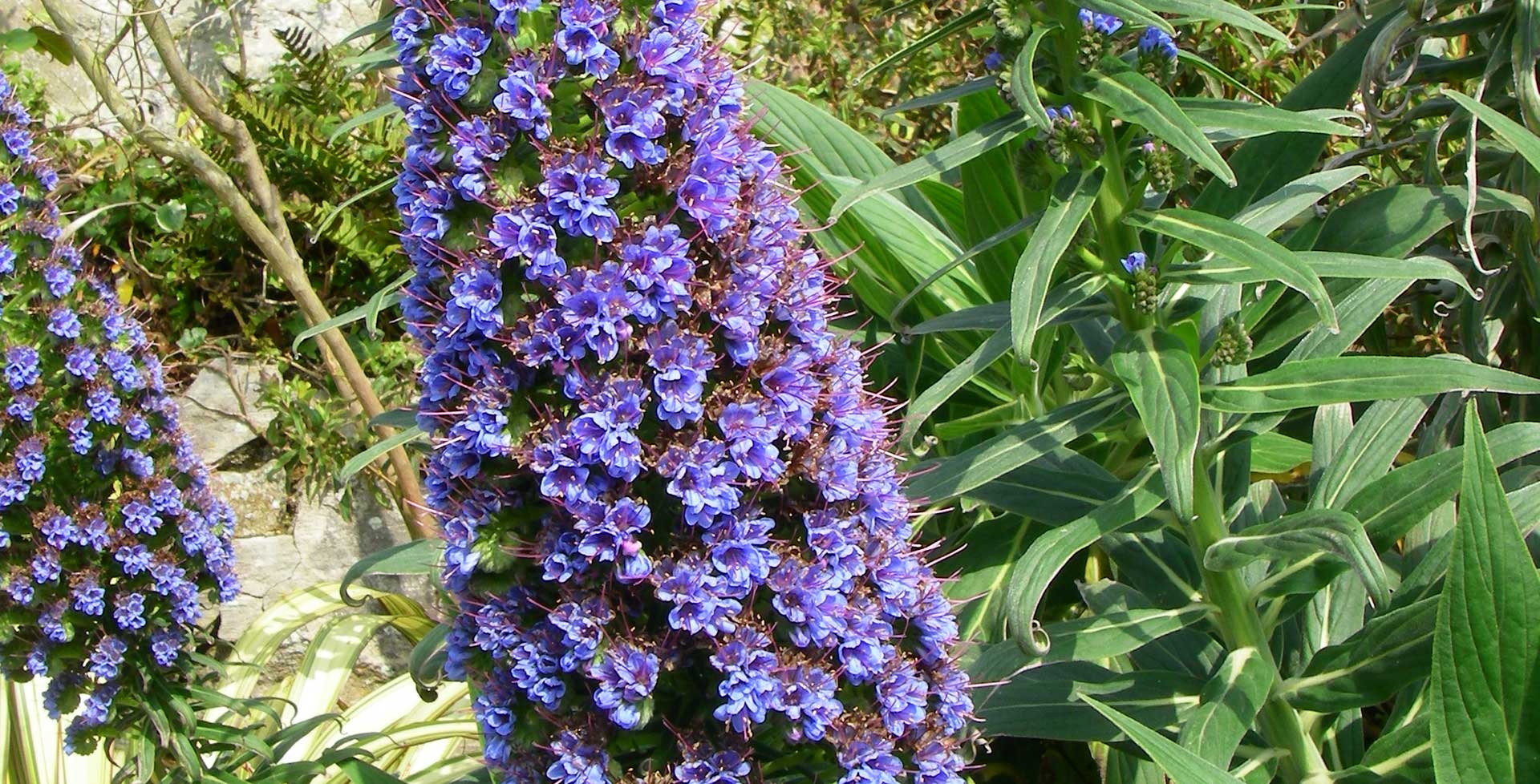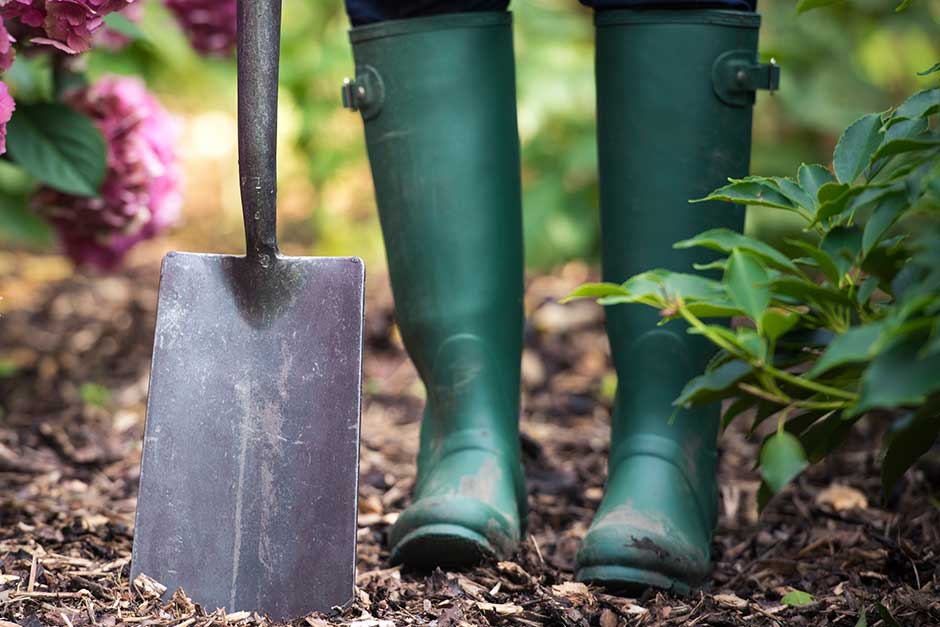
Introducing...
Echium
Botanical name: Echium
Echium are best known for their tall blue flower spikes, which tower above your head in summer. However, they do vary in size and there are many smaller ones to try. The tubular flowers can be blue, purple, pink, red or white, and they provide colour in the summer months. Echium are drought tolerant and are a great source of nectar for bees and other pollinators.
Looks
Echium typically have bristly, lance-shaped leaves. The height of the flower spikes can vary from 50cm (20in) with species like the British native viper’s bugloss (E. vulgare), up to 4m (13ft) for the impressive E. pininana.
Likes
Echium like moderately fertile, well-drained soil in full sun.
Dislikes
Exposed, wet and cold sites are unsuitable. Some species (eg. E. wildpretii) can be overwintered outside in milder areas on free draining soil, but others are tender throughout the UK and will need to be kept inside during winter.
Did you know?
Some species (eg. E. pininana) typically live for only two years, dying after flowering; this is known as monocarpy. Thankfully, they often produce a lot of seeds that can be sown in spring to provide new plants for blooms each year.
Growing guide

How to grow echium
All the information you'll need to grow & care for Echium in your garden.
Echium we recommend
Echium vulgare 'Blue Bedder'
viper's bugloss 'Blue Bedder'
- 0.1–0.5 metres
- 0.1–0.5 metres
Echium vulgare 'Blue Bedder'
viper's bugloss 'Blue Bedder'
- 0.1–0.5 metres
- 0.1–0.5 metres
Useful advice

Bees in your garden

Exotic and subtropical gardening
Get involved
The Royal Horticultural Society is the UK’s leading gardening charity. We aim to enrich everyone’s life through plants, and make the UK a greener and more beautiful place.
